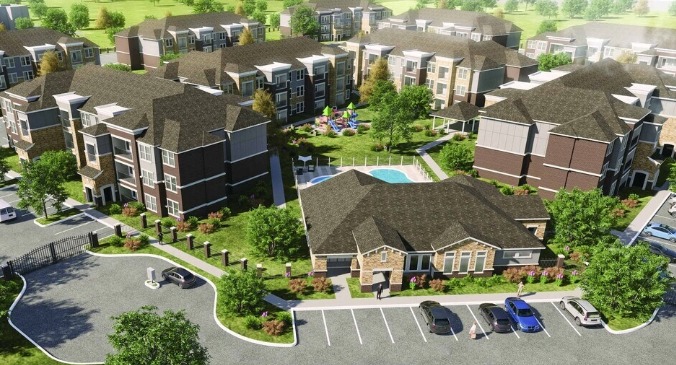Regulation imposed by all levels of government accounts for an average of 40.6 percent of multifamily development costs, according to new research released today by the National Association of Home Builders (NAHB) and the National Multifamily Housing Council (NMHC).
“The U.S. is facing a serious housing affordability crisis, in part, because of this overly burdensome regulatory environment,” said Doug Bibby, NMHC President. “We need to do all we can to lower the cost of housing, and that should start with eliminating duplicative and unnecessary regulations. Those extra costs make many projects financially unviable given that housing providers are already dealing with sky-high land, materials and labor costs.”
”This study clearly shows how burdensome regulations are exacerbating the nation’s housing affordability crisis and that officials at all levels of government need to make it a priority to reduce excessive regulatory costs to allow developers and builders to boost housing production and ease affordability challenges,” said NAHB Chairman Jerry Konter, a home builder and developer from Savannah, Ga.
Apartment developers are subject to a variety of regulations at all levels of government. Among others, they include zoning requirements, building codes, impact fees, permitting requirements, design standards, public land requirements, and federal Occupational Safety and Health Administration regulations and other labor requirements. Smart regulations play an important role in ensuring the health and well-being of the American public, but many regulations such as design standards go far beyond those important goals, and impose costly mandates on developers that drive housing costs higher. Others are duplicative and require resources to confirm compliance with multiple regulators.
This new research, based on a survey of 49 developers across the United States, also examined regulations and other factors that can impact whether development even occurs. Three quarters (74.5 percent) of respondents said they encountered “Not In My Backyard” (NIMBY) opposition to a proposed development. Confronting that opposition adds an average of 5.6 percent to total development costs and delays the completion of those new properties by an average of 7.4 months.
The research asked detailed information about affordability mandates. Slightly less than half (43.8 percent) of respondents said their typical project was in a jurisdiction with inclusionary zoning, a regulation that requires developers to offer a certain number of apartments at below-market rents. Covering the costs of those lower rents, on average, resulted in a 7.6 percent rent increase.
As a result, 47.9 percent of developers said they avoid building in a jurisdiction with inclusionary zoning requirements. Fully 87.5 percent avoid working in jurisdictions with rent control. This translates into housing not being built in many areas where it is so desperately needed.
Identifying duplicative and unnecessary regulatory costs is a critical factor as we work to address the critical shortage of affordable housing facing this nation.
Find the full report here.













